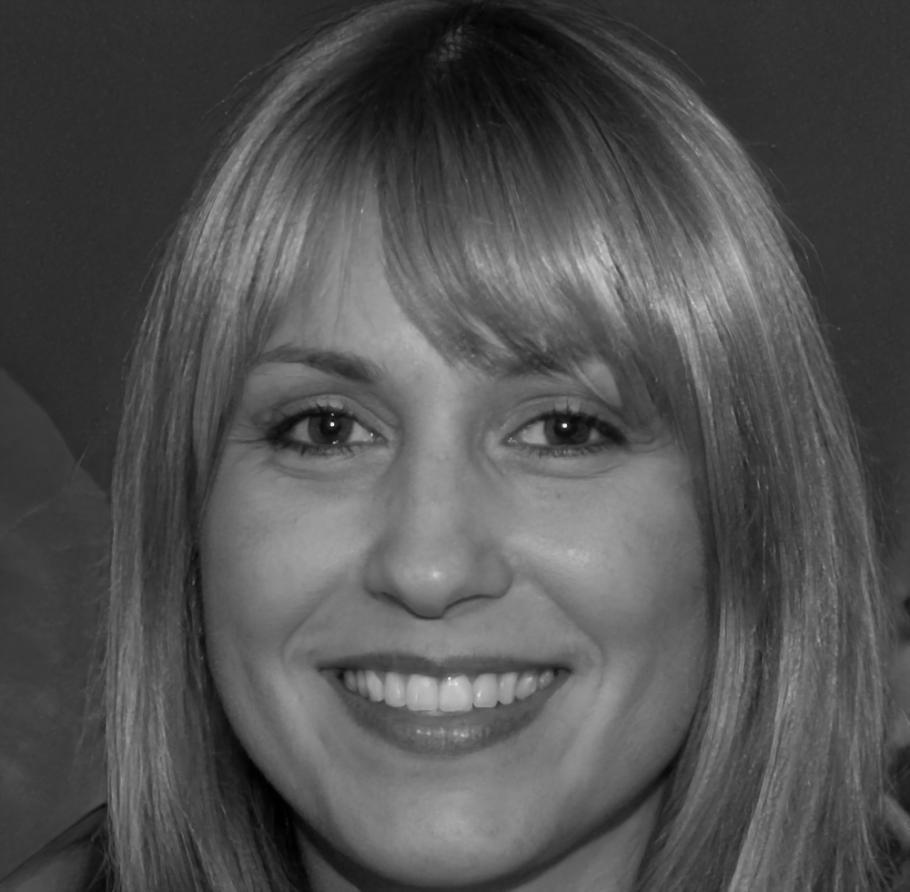Learning from Practical Experience
Our educational approach comes from years of working with individuals who struggled with conventional budgeting advice. We've seen what works in real situations, not just in theory.
Financial Services
Stop wondering where your money goes. Learn systematic budget prioritization methods that help you make clear financial decisions based on your actual goals and circumstances.
Explore Learning OptionsUnlike generic budgeting apps, we focus on teaching decision-making frameworks that adapt to your changing financial situations.
Learn to evaluate expenses based on your personal values and long-term objectives rather than following one-size-fits-all budget categories.
Practice budget adjustments for real-life situations like income changes, unexpected expenses, or shifting life priorities.
Build systems for tracking why you made specific financial choices, helping you learn from experience and refine your approach.
Adapt core principles to work with any income level, family situation, or financial management style that suits your lifestyle.
Each stage builds practical skills you can apply immediately to your financial planning.
Master the core concepts of priority-based budgeting and learn to identify your actual spending patterns versus intended ones. Practice with guided exercises using your real financial data.
Apply prioritization frameworks to common financial decisions. Work through case studies and practice scenarios that mirror real-world budget challenges you'll face.
Develop your personalized budget management system. Learn to adapt quickly to changing circumstances while maintaining your financial priorities and long-term planning goals.
Refine advanced techniques for complex financial decisions. Build confidence in your ability to evaluate trade-offs and communicate financial priorities with family members or partners.
These questions come up frequently during our information sessions and early program phases.
Traditional budgeting often starts with fixed categories and percentages. We teach you to start with your actual priorities and build budget categories around those, creating a more flexible and personally relevant approach.
Variable income actually makes prioritization more important. You'll learn specific techniques for handling income fluctuations, including priority ranking systems and flexible spending categories that adjust automatically.
Initially, expect to spend 2-3 hours weekly during the learning phase. Once you've established your system, most people find they need only 30-45 minutes weekly for maintenance and adjustments.
Yes, though we cover debt situations specifically. Priority-based budgeting can be particularly helpful when you're facing multiple financial pressures and need clear decision-making frameworks for allocating limited resources.
No. While we discuss various tools, the core methods work with spreadsheets, notebooks, or whatever tracking system you prefer. The emphasis is on thinking frameworks rather than technology solutions.
Our educational approach comes from years of working with individuals who struggled with conventional budgeting advice. We've seen what works in real situations, not just in theory.

Lead Educational Designer
15+ years developing practical financial education curricula. Previously worked with diverse client groups including young professionals, families, and career changers facing major financial transitions.